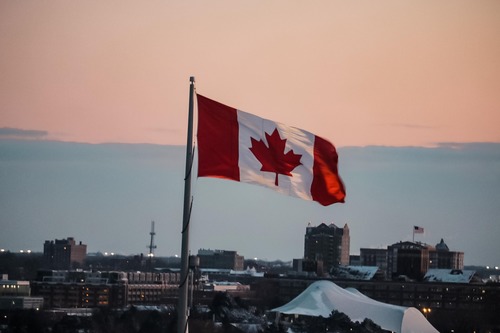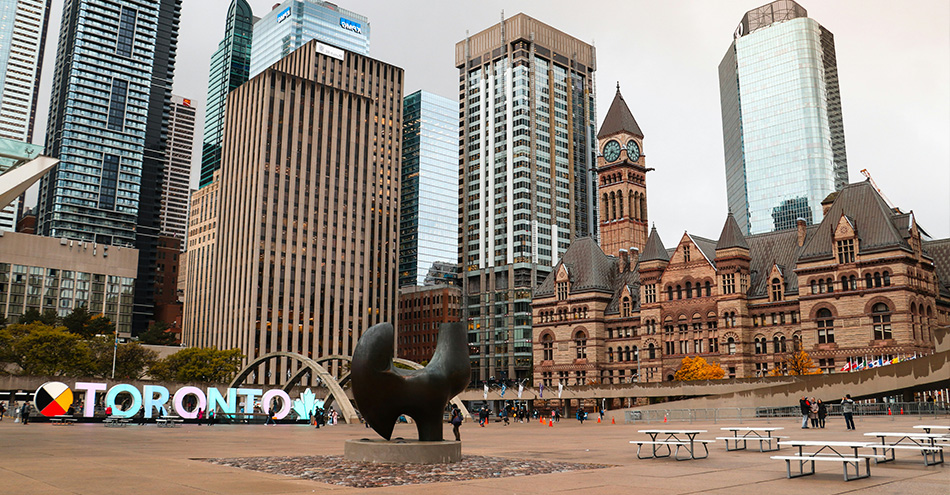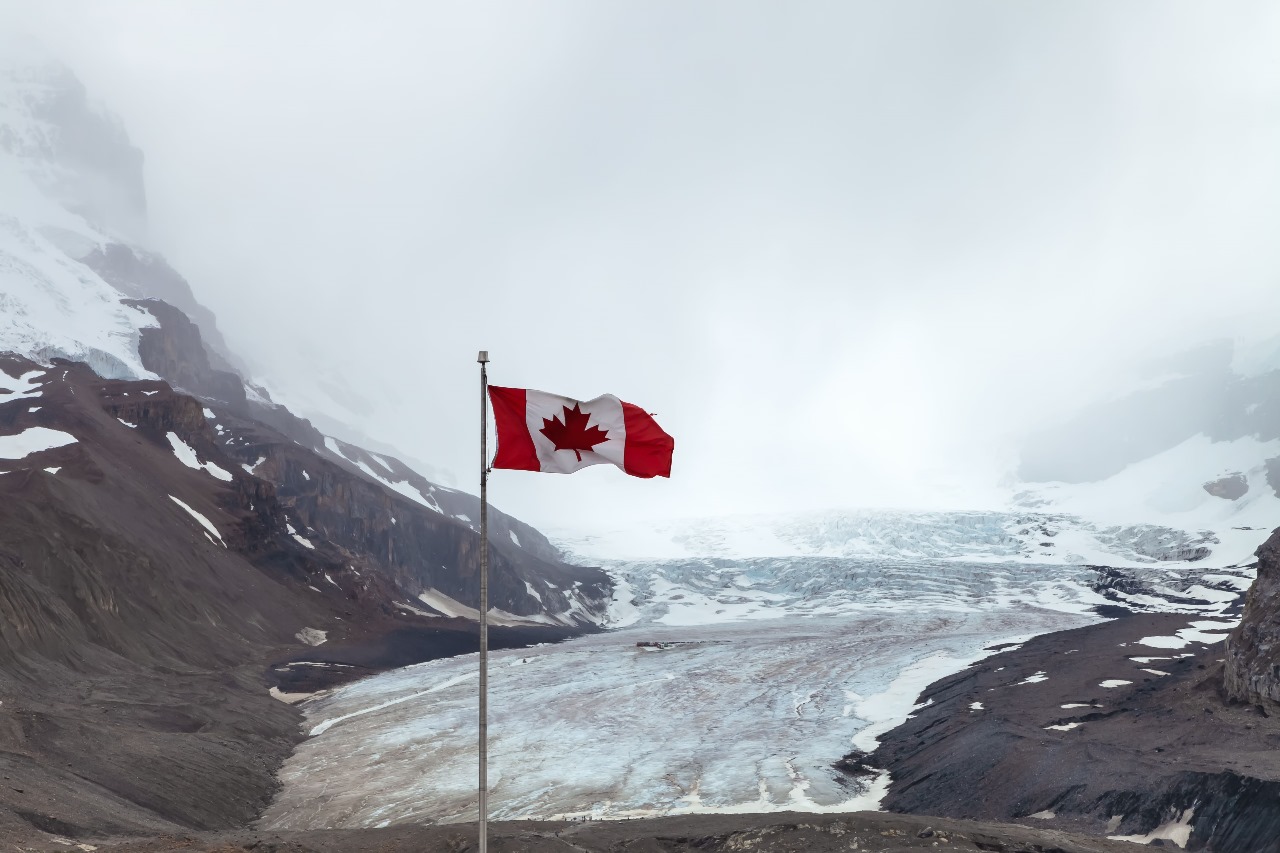
Canada is going to float 2020-2022 Immigration Level Programs very soon. From international immigration experts, it is indicated that such an announcement from Canada can cause a debate. The focus of such debate should be, the number of refugees Canada should accept, decide the group under which they will be considered, and how much capable Canada is to mix such entries into its culture as well as economy.
The decision of accepting people to Canada is set on by 6 important measures against 1 reason,
Invitations to immigrants from Canada are a wealth critical decision for the inclination conditions of the globe. Canada carries one of the largest populations in the world, but it has a very low birth rate in the world. In the end, they need to invite immigrants to settle their population and labour-force requirements to expand and that is necessary for wealth development.
Many countries might reject immigration applications due to high birth rates, yet Canada on the other hand will invite more immigrants to match its high living standards.
Refugees are accepted in Canada because of 3 reasons: Union of Family, economic wellbeing, and refugee assistance. Canada has a responsibility to help with about 40% of international emergencies and that is the main reason behind keeping above mentioned keys as first preference. Canada is doing well to achieve such success.
Canada is a part of the international community and to stay competitive their government will ensure that there is sufficient overseas appetite from prospective refugees which will evaluate its economic policy. Such a question connects with the logic of the previous aspects against the reaction of global surroundings.
This can push Canada to take short steps to change its immigration rates to the groups of immigrants come under. Precisely it happened after Canada decided to accept refugees and increased immigration rates in 2015-2016 (here the government chose to invite more Syrian refugee immigrants in the family and refugee groups each year).
The federal government of Canada believes that the economic capability across the globe is strong enough for immigration applicants to be prepared to move into the job market. To take such step they need to ensure that policies like sufficient fund availability for refugee settlements (i.e. language and work training), social accommodation, community care, and public transit are placed in place at the national level.
Keeping the fact in mind that demand for migration to Canada has increased so that Canada exceeds the migration availability, the federal government must be familiar with the circumstances to handle immigration applications as effectively as possible. Even though the country was to allow higher rates of immigration, it does not yet have the production power to do so.
Canada has added its production capability for a few years with the introduction of the Express Entry Document Management Program yet handling many offline applications that are sluggish and need considerable personnel support.
The Selection of the number of immigrants is democratic decision-making!
In such cases, economic justification or thought of their government does not plan a much important role. The government majorly verifies immigration rates considering the assumption that the step may affect the timing of the next referendum.
This clarifies that rates of immigration can be kept compact, right for the time of the country’s immigrants’ requirement. Now, this is unfolding in Quebec (which is the only province or territory in Canada that can manage the immigration level). Quebec accepts higher immigration, yet the new government has mentioned that it is in its right political position.
Of these six factors, politics is undoubtedly the most influential one in shaping the immigration direction that Canada chooses to take.

